https://www.youtube.com/watch?v=AeaJI2GXW9g
How to Freeze Pasta and Avoid Sticking
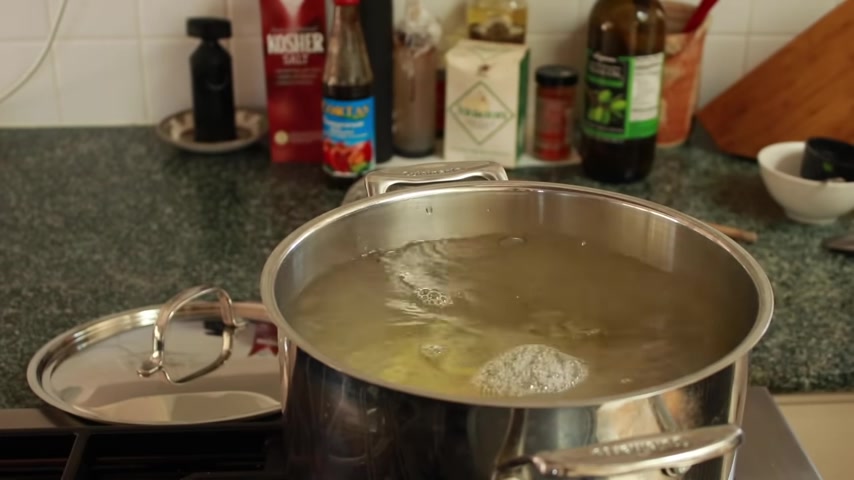
My pasta stuck together .
This is the number one complaint I hear in the comments of my pasta video and today we are going to address it .
How often do you cut the noodles and drop them straight into the pot ?
Almost never .
Especially if you're having guests .
Is there a way to prevent all those delicate noodles from sticking together ?
Yes , there is .
Over the past few months , I have figured out the storage solution that works perfectly .
Whether you're keeping your pasta for 30 minutes or 30 days , it gives you complete flexibility and it will taste every bit as good as if you dropped the pasta straight into the pot of cutting it .
The key here is to use serious the fires .
I don't know if that's a real word , but it should be my two favorite ones are the rice flour and the corn starch .
They are cheap .
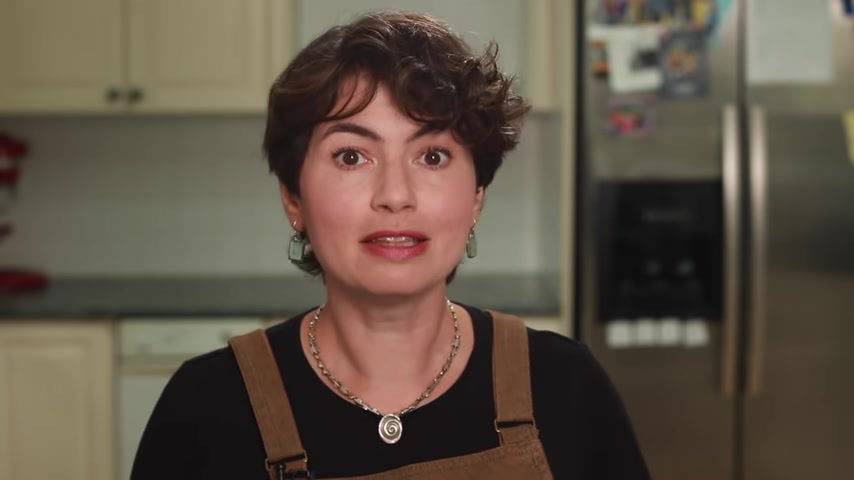
They last forever and if you plan to make pasta , they're definitely worth buying , unlike wheat flour , they don't get absorbed into the pasta nearly as much .
And this lets them provide a much better moisture barrier .
I prefer to use both of them , but you can certainly try one or the other .
Since I made my pasta video a few years ago , I also found a better way to handle the pasta ribbons before cutting , cutting the pasta .
As soon as you finish rolling it out is asking for trouble .
All those ribbons can easily stick together .
Your pasta needs to dry a little not to the brittle stitch , but to the slightly leathery stitch .
Basically , it should feel like your skin .
You can certainly do it by laying it out on the counter .
But a faster and easier way is to hang it on the clothes rack or some similar household object .
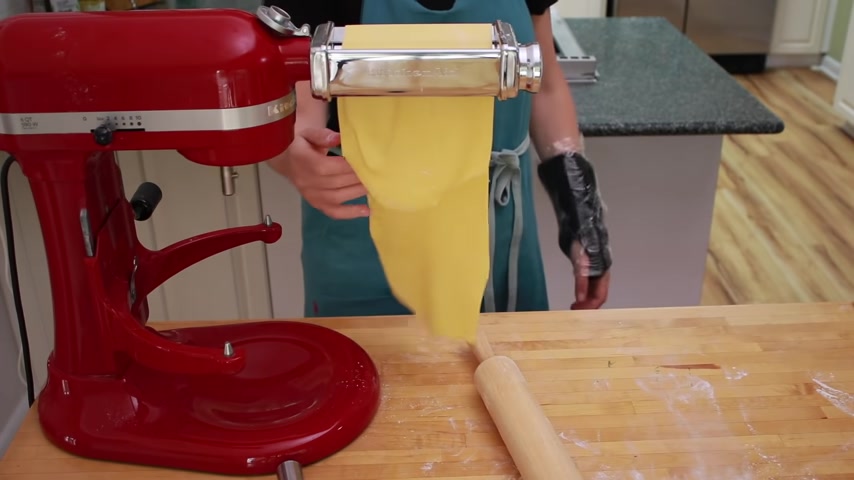
This exposes the ribbons to the air on both sides which helps them drive very quickly and it saves you a lot of counter space .
My batch of dough makes four ribbons and by the time I'm done rolling out the fourth one , the first one is ready to cut , Sprinkle your board generously with the rice flour place the pasta ribbon on top and cut it in half .
Leave the first half on the board and move the second half , Sprinkle it very generously with the rice flour and spread it with your hands to make sure you have good coverage .
Then add a bit of corn starch and spread it out .
Don't be afraid to go to town with these flowers .
After the pasta cooks , you can't taste them at all .
Roll up the pasta from both sides .
My two , the stick of fires will not only help us with storage , they'll also help our pasta unroll very easily .
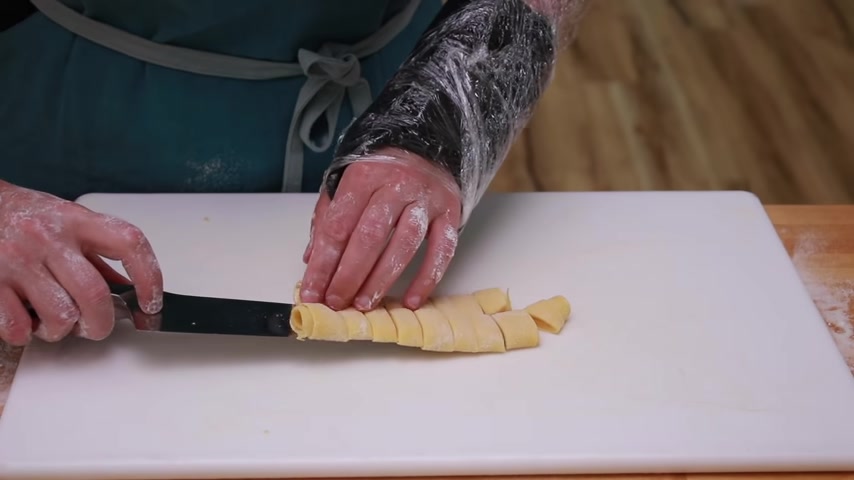
When we cut it , cut the pasta into ribbons , using a chef's knife , stick the spine of the knife into the crease and lift up , take the ribbons of the knife , but don't roll them up into the nests , lay them on a parchment covered to pour a baking sheet that can fit into your freezer .
It's ok to pile the noodles on top of each other , but try to keep these piles not too thick to help the pasta freeze quickly and make sure each pile is small enough to fit into the freezer bag .
That's why I have the separation between them , place them into the freezer just until hard , about 1 to 2 hours and immediately move them into a freezer bag .
Now you can cook these noodles whenever you want .
Don't defrost , dump them straight into the pot .
They are so thin .
You'll barely notice a difference in cooking time between the frozen ones and the fresh ones .
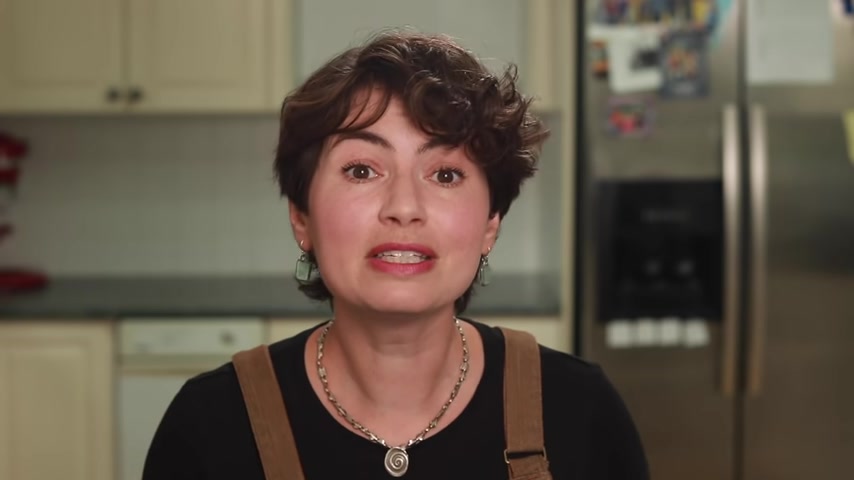
It is very important not to forget your pasta in the freezer .
When it's in the uncovered state .
A freezer is a very dry environment .
A little bit of time spent in this environment is actually good for long term storage because it will prevent any condensation in the freezer bag .
But longer than a few hours will make your pasta dry and brittle .
I hope this video will get you out of sticky situations and prevent any future pasta disaster .
My full egg pasta tutorial is right here and if you are ever in the Boston area , maybe I'll see you in one of my classes .
Are you looking for a way to reach a wider audience and get more views on your videos?
Our innovative video to text transcribing service can help you do just that.
We provide accurate transcriptions of your videos along with visual content that will help you attract new viewers and keep them engaged. Plus, our data analytics and ad campaign tools can help you monetize your content and maximize your revenue.
Let's partner up and take your video content to the next level!
Contact us today to learn more.